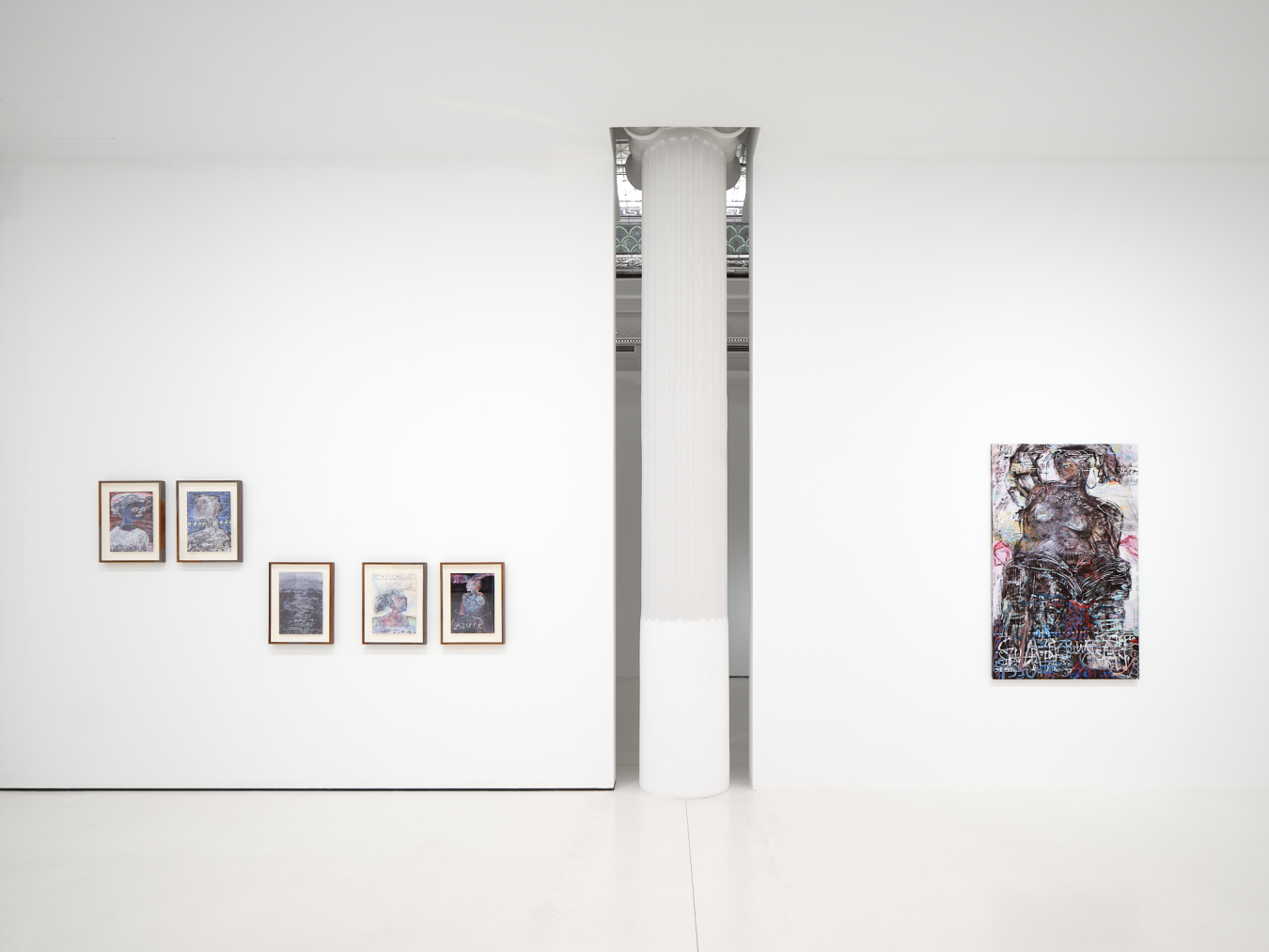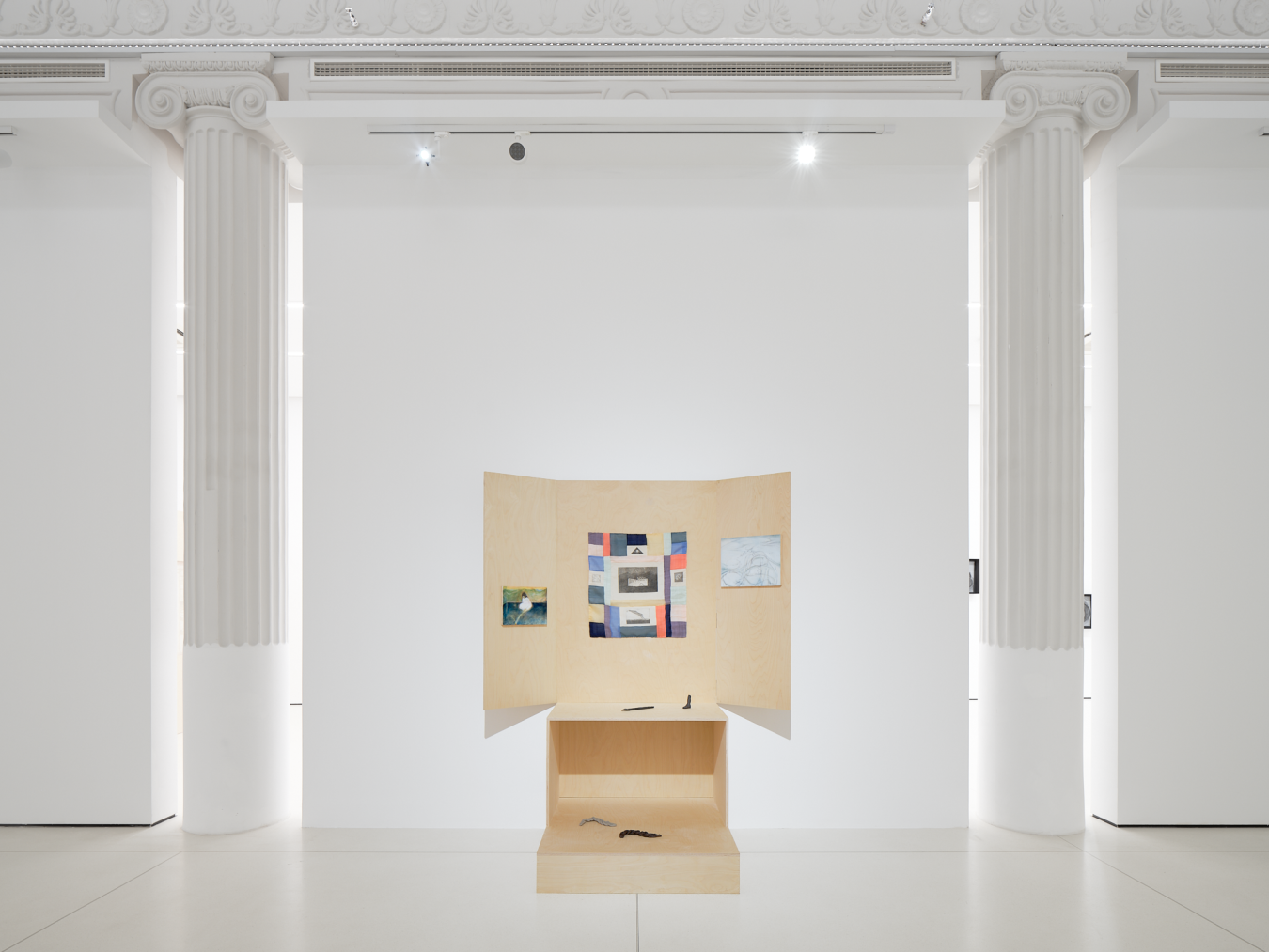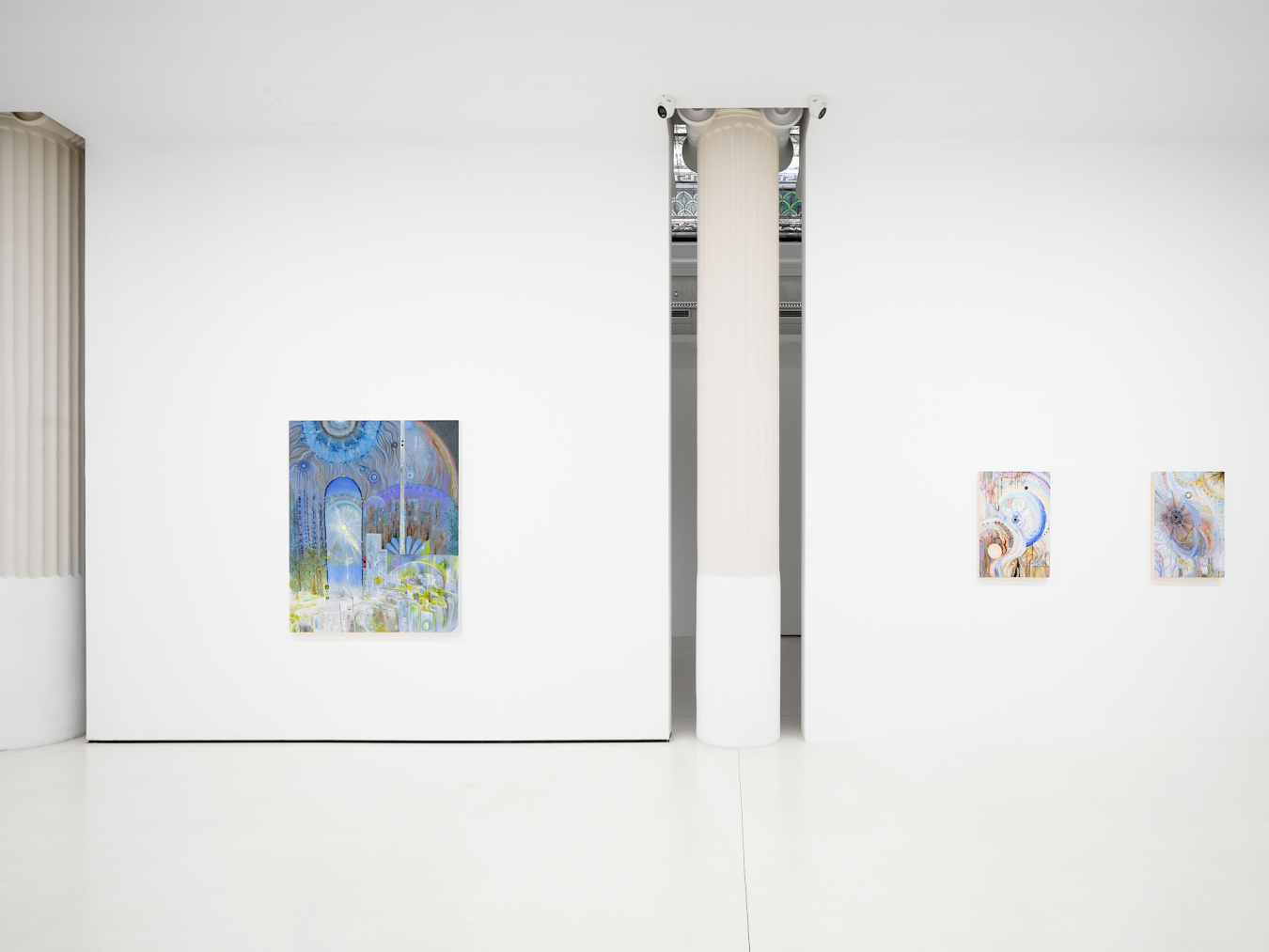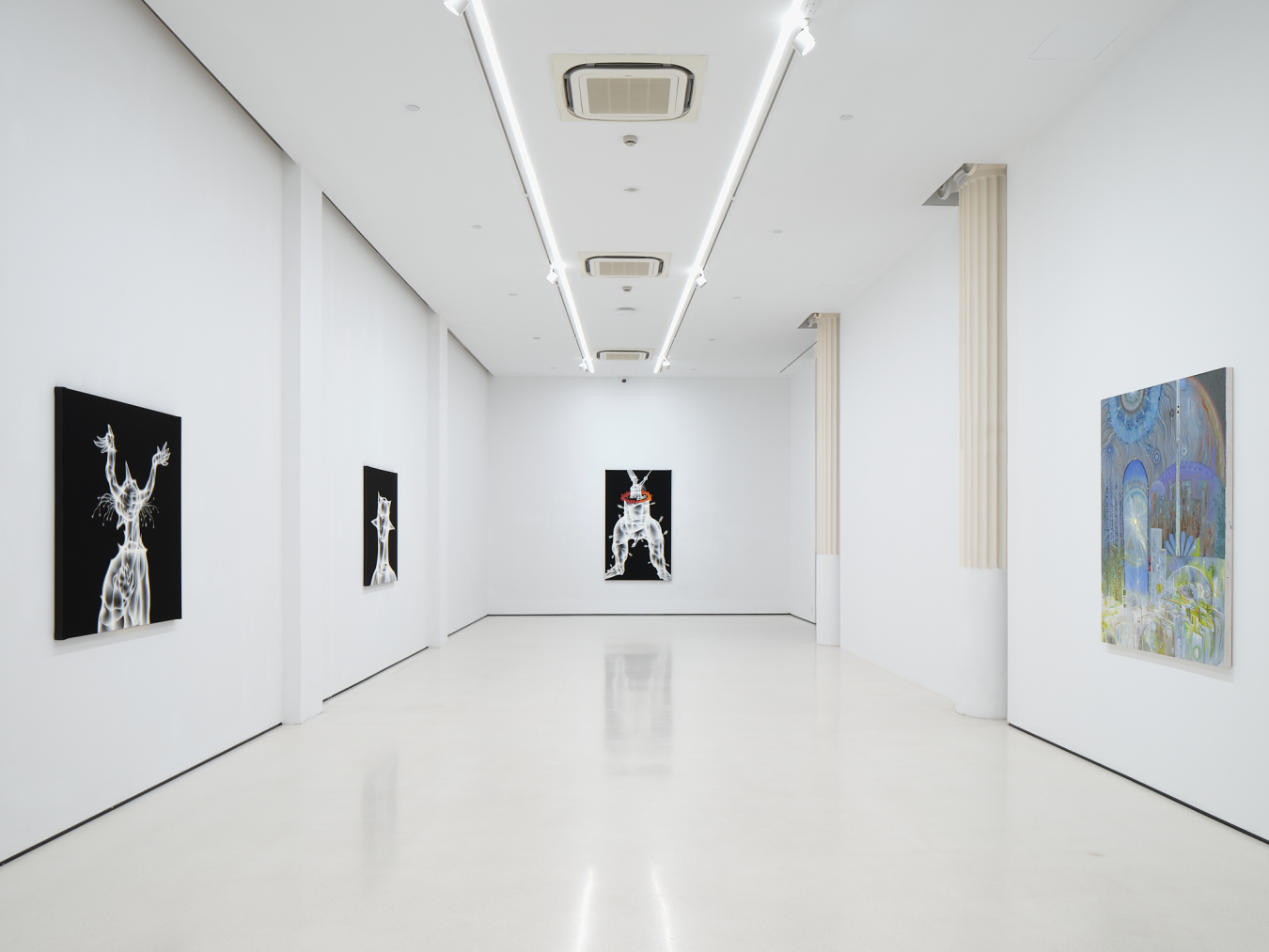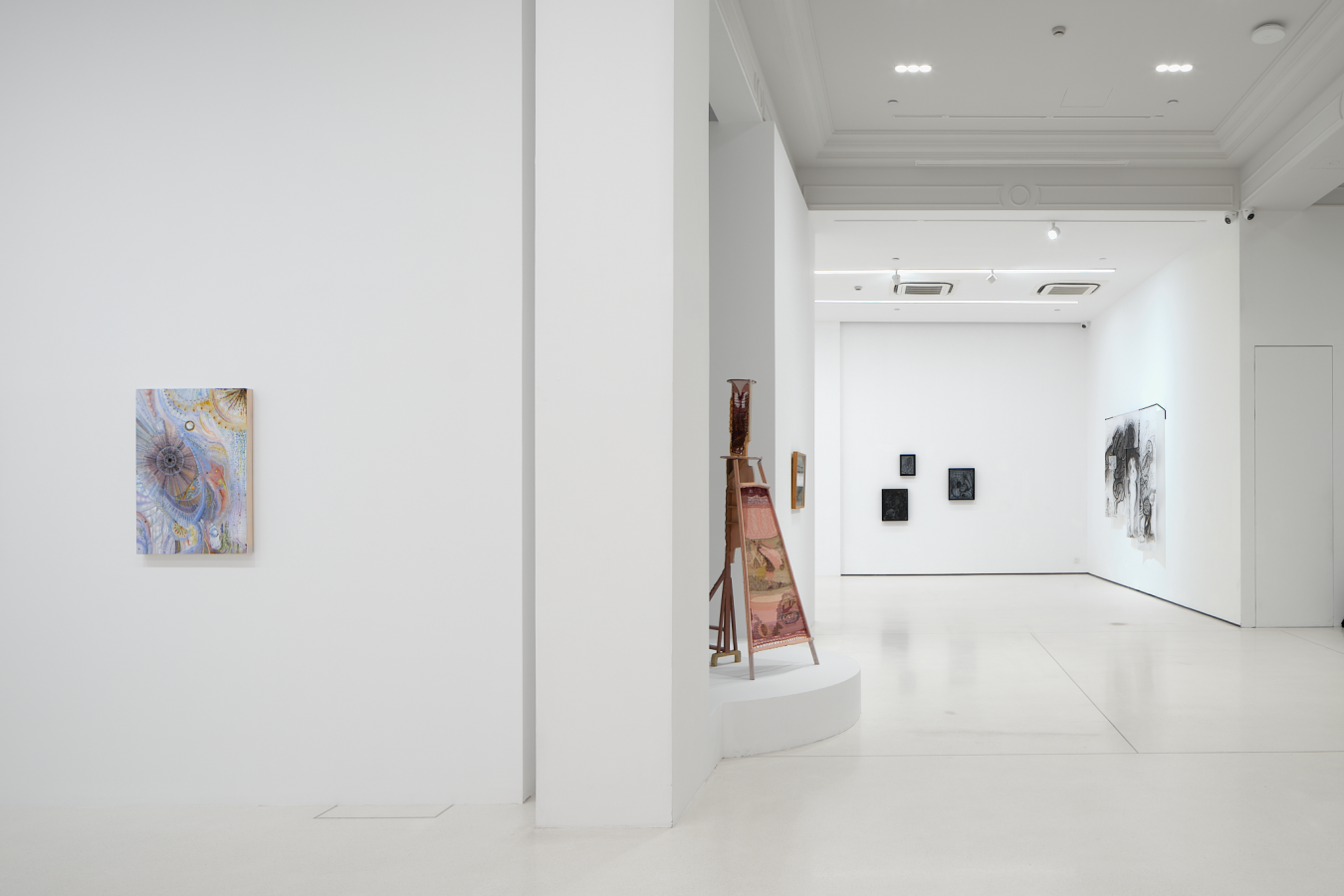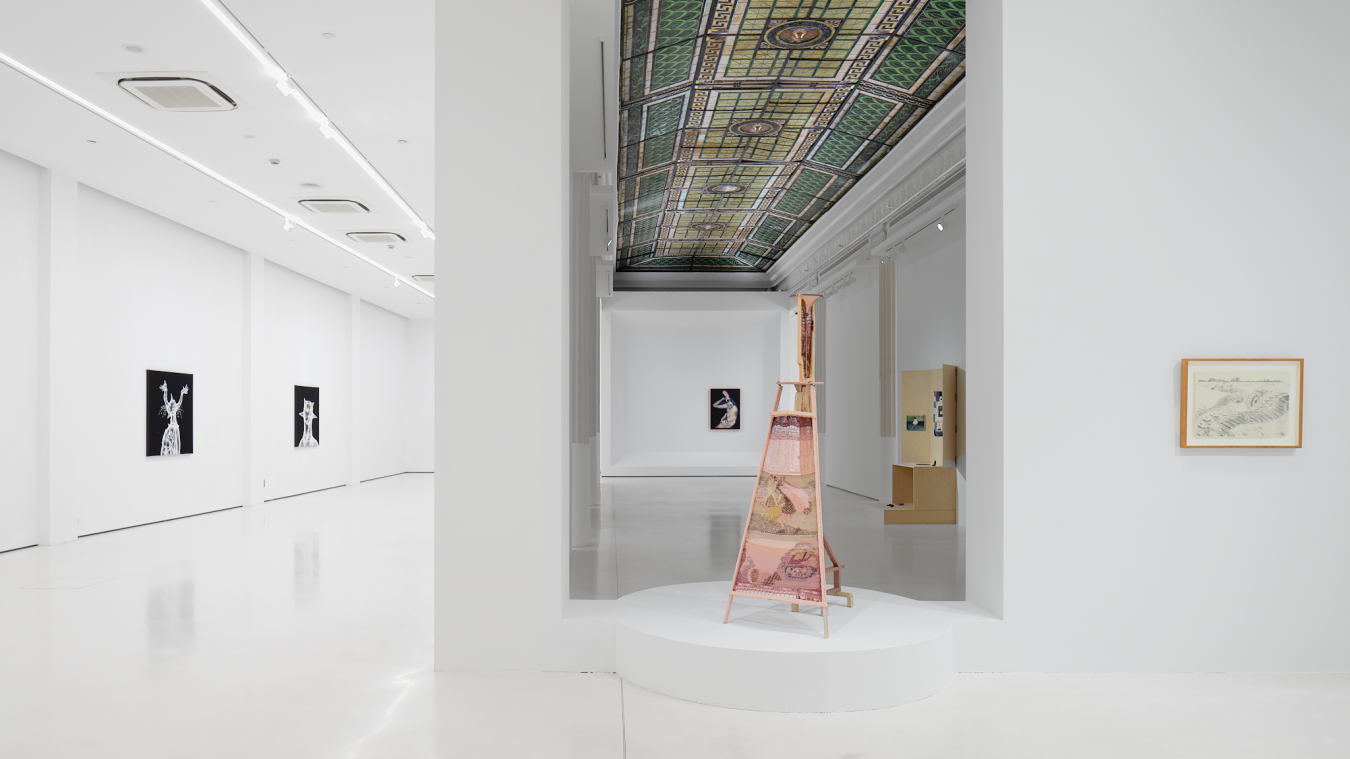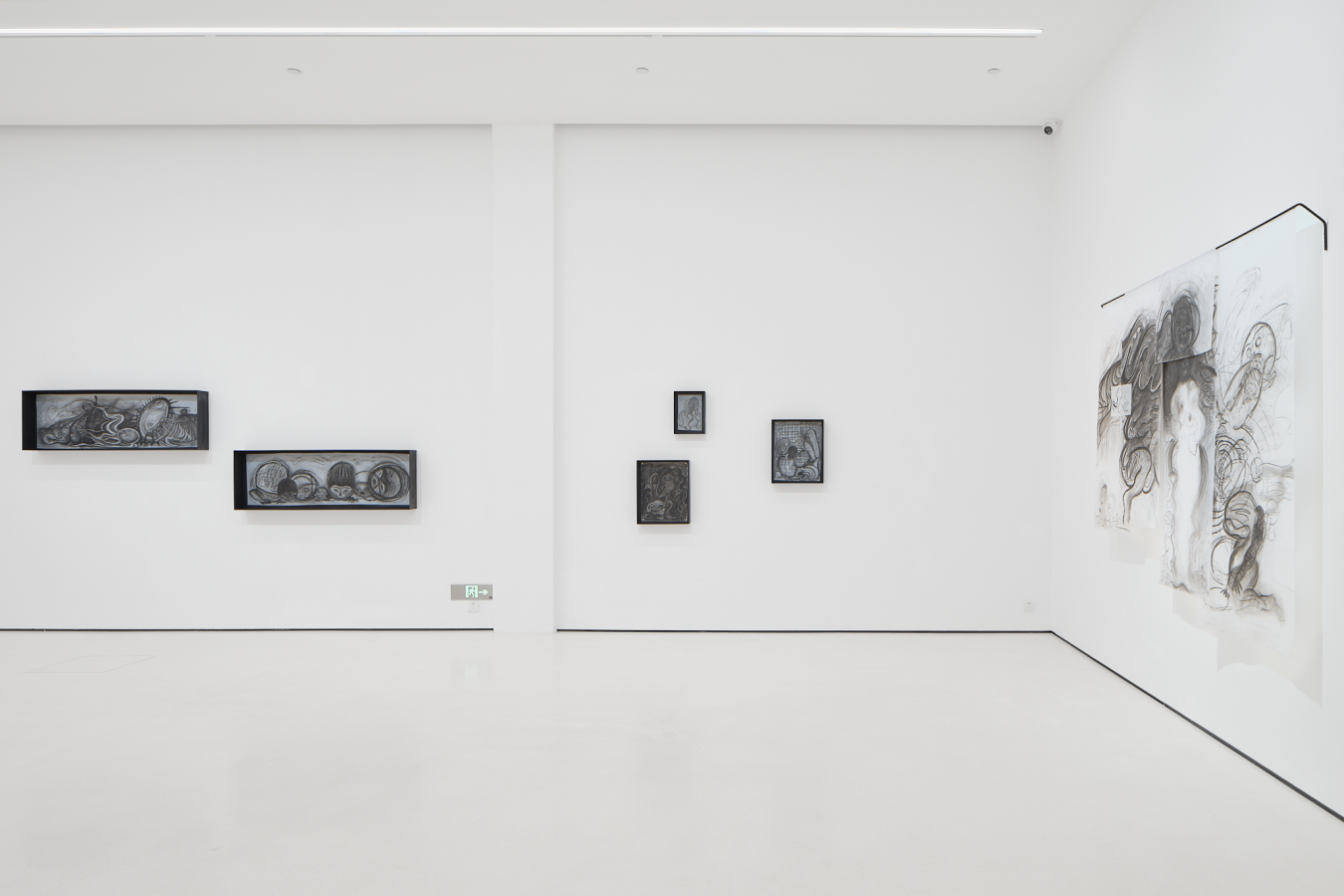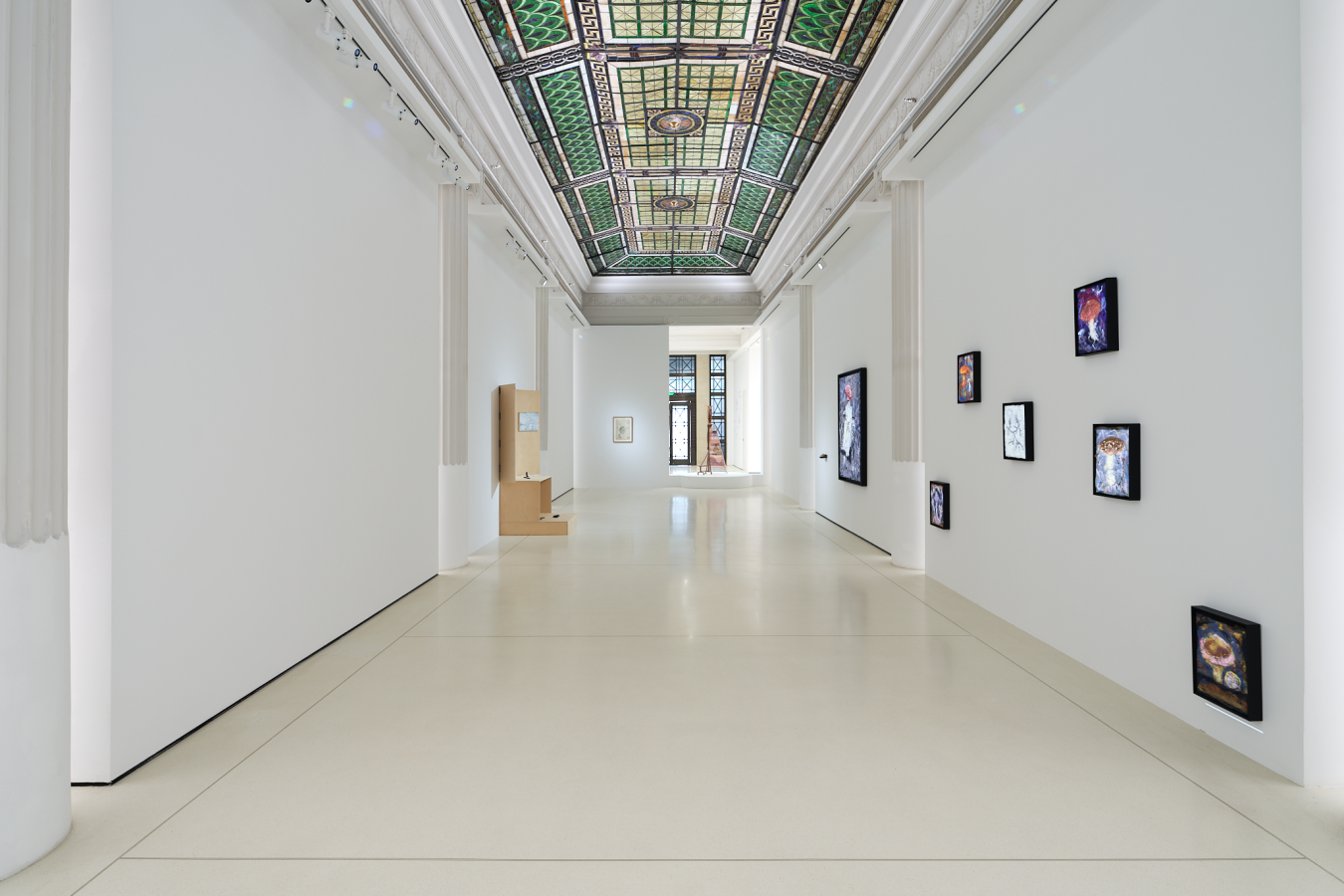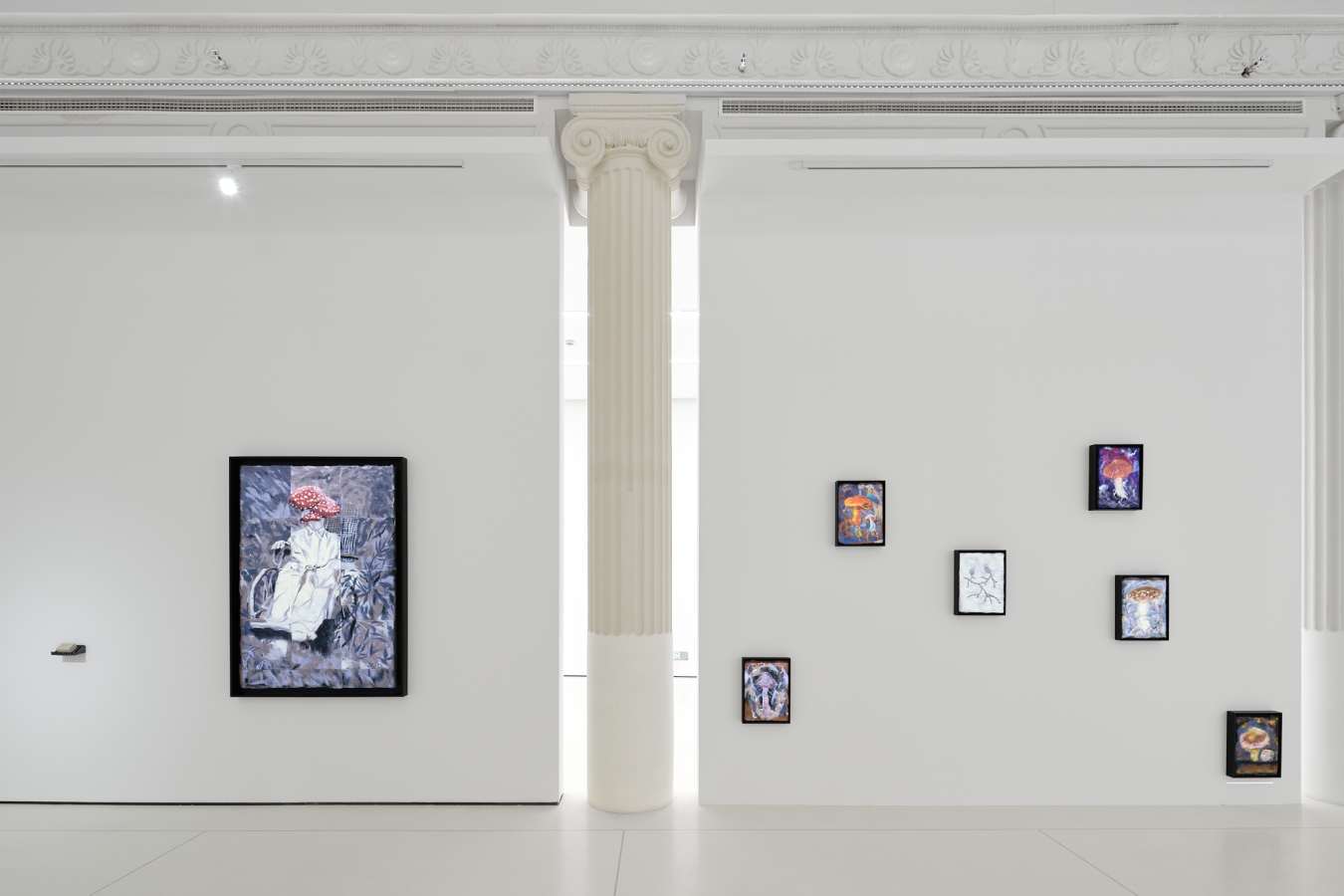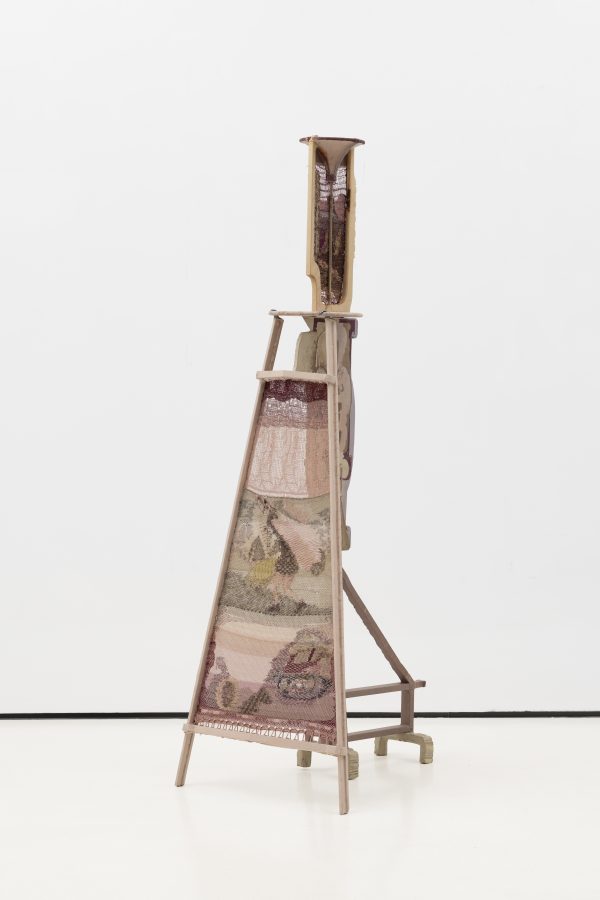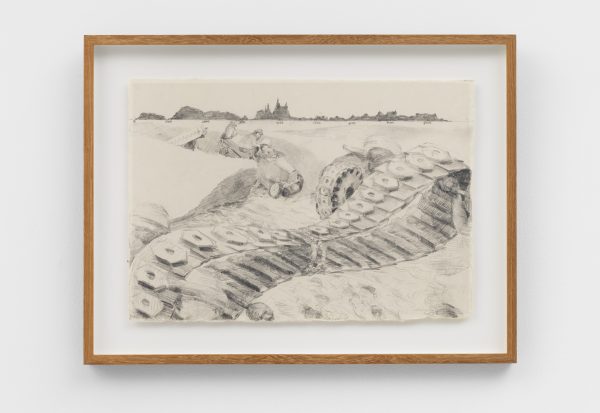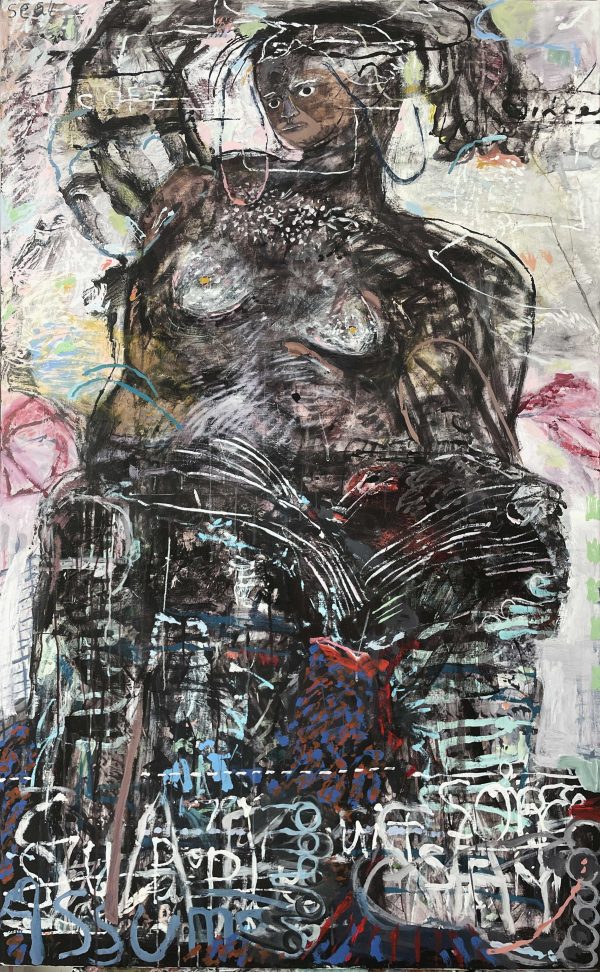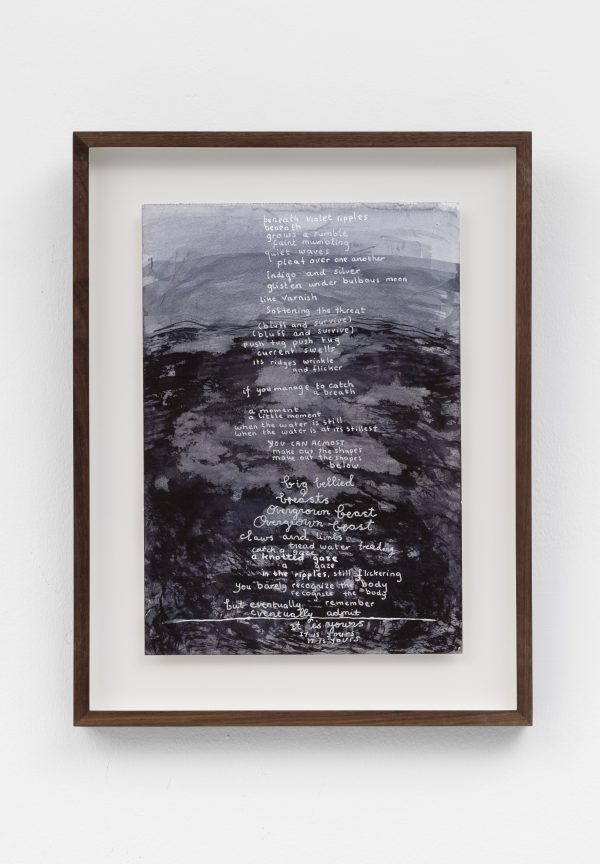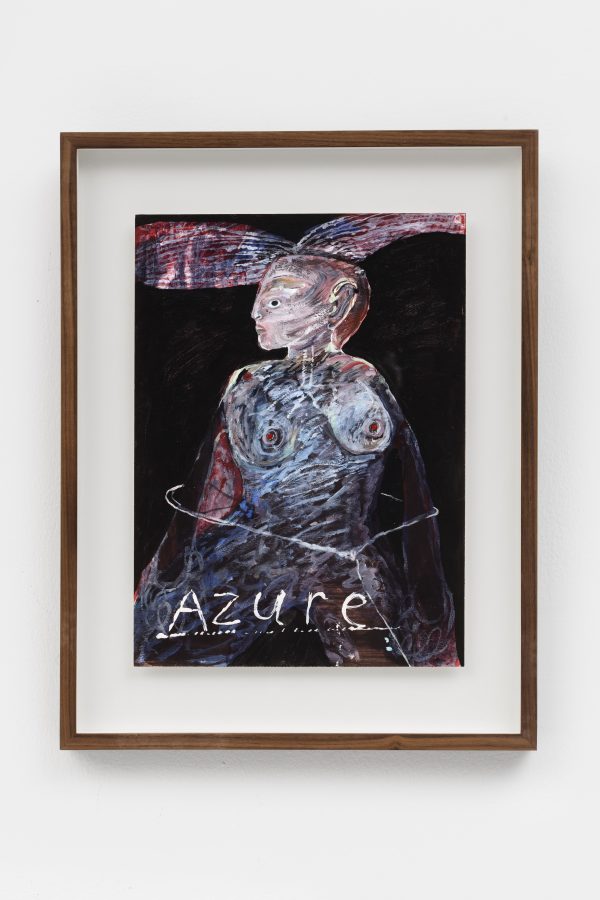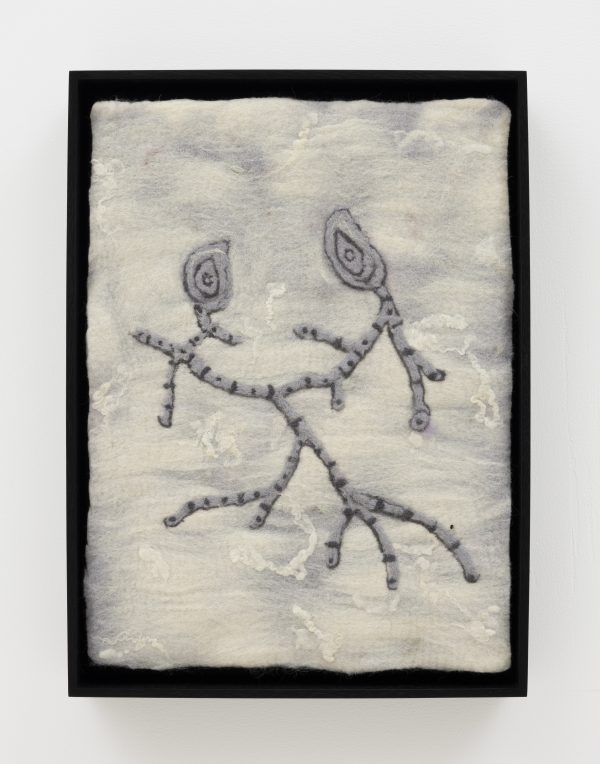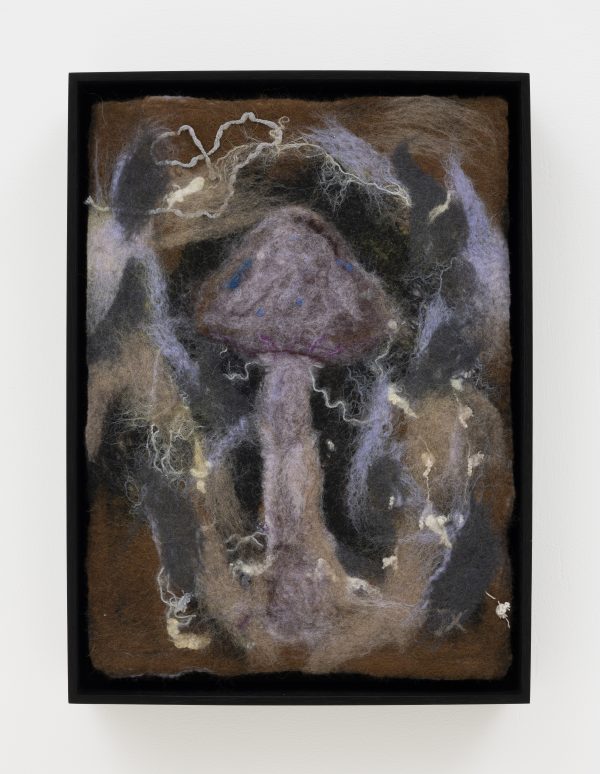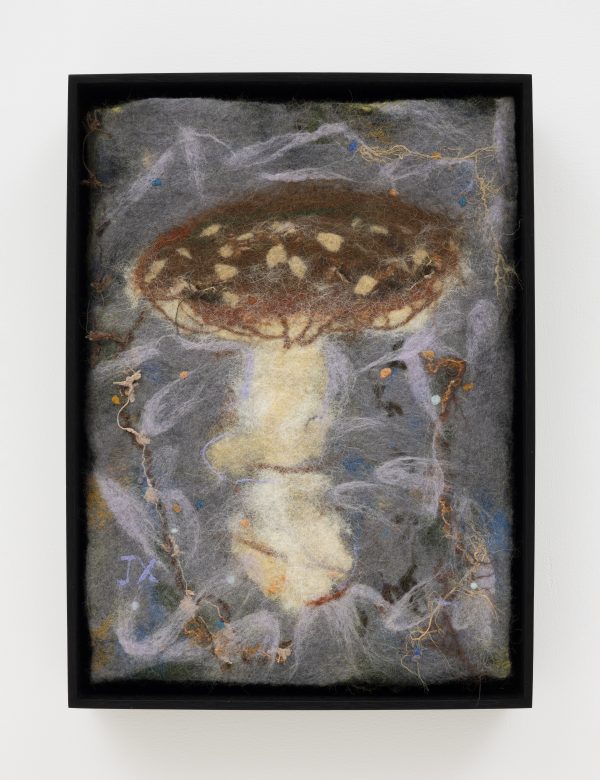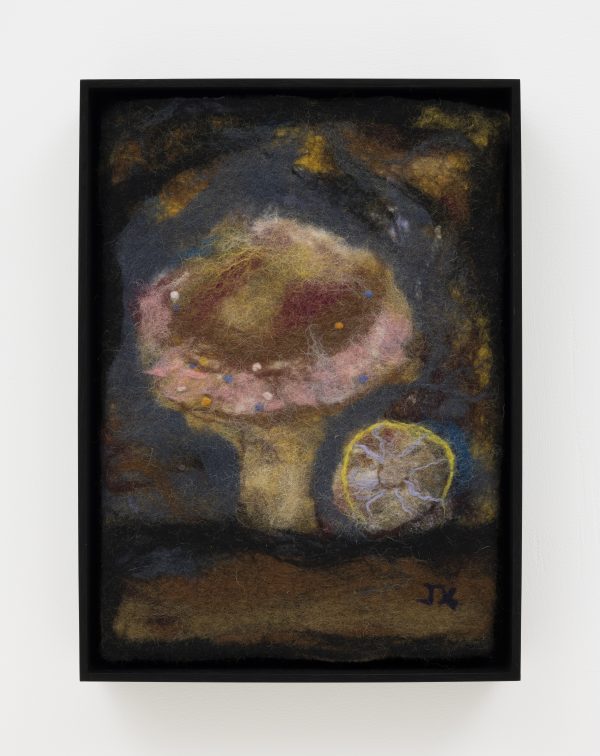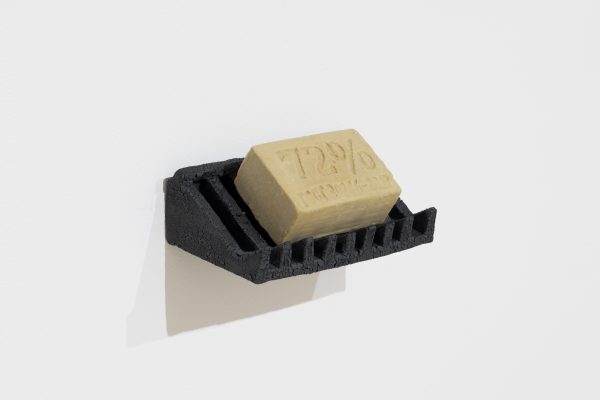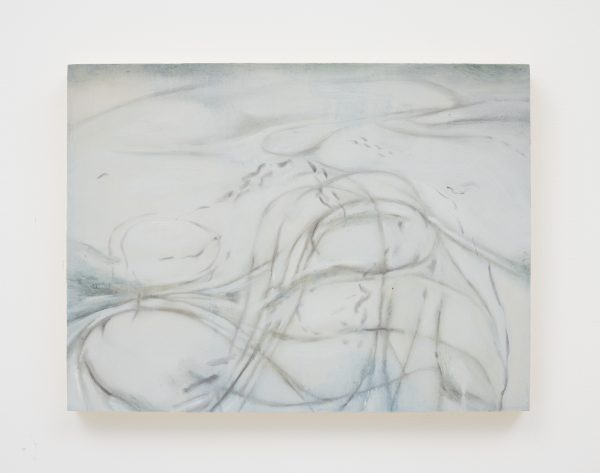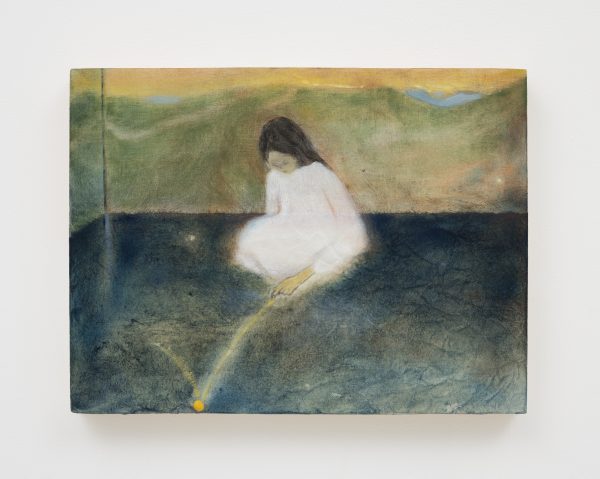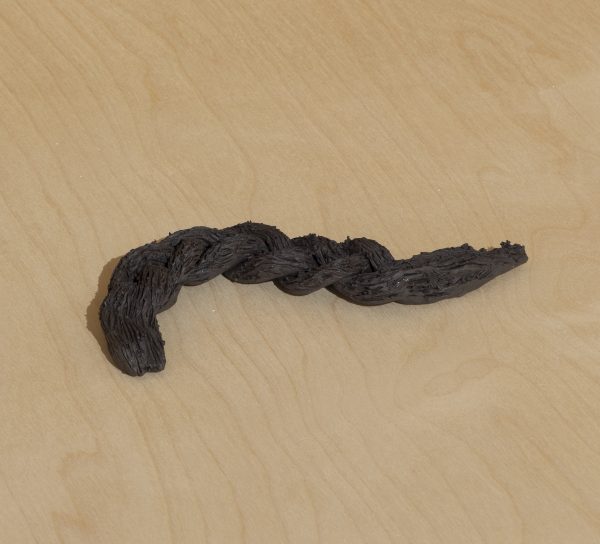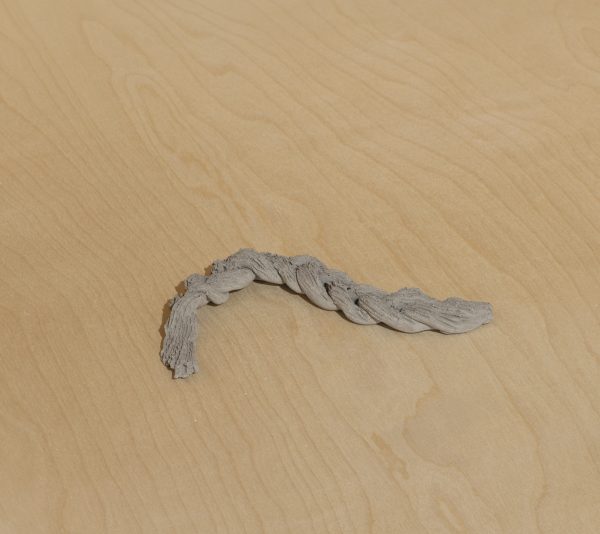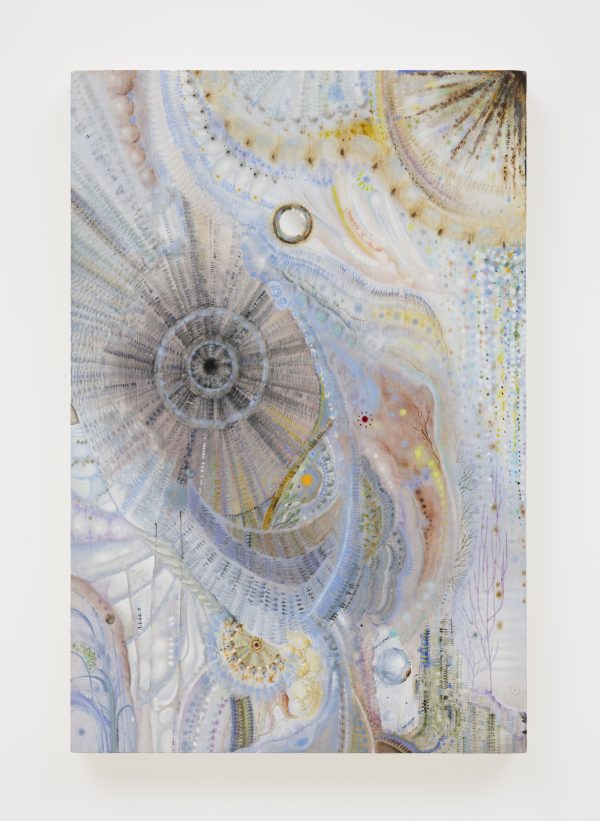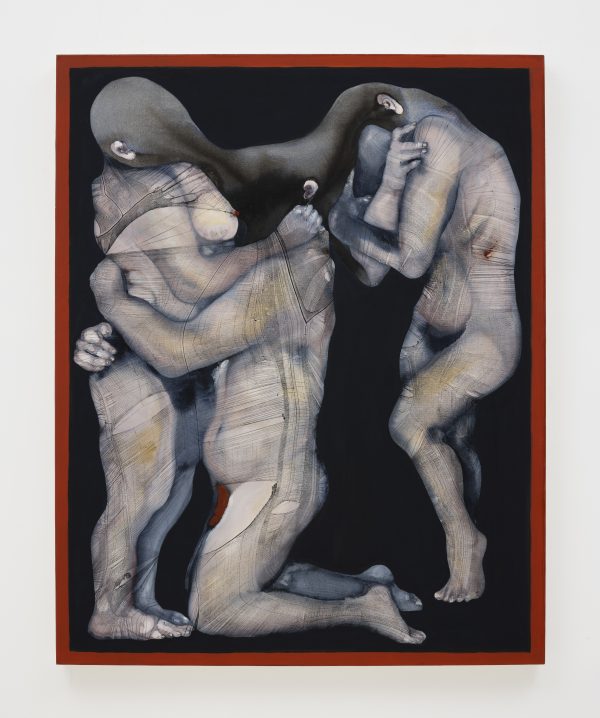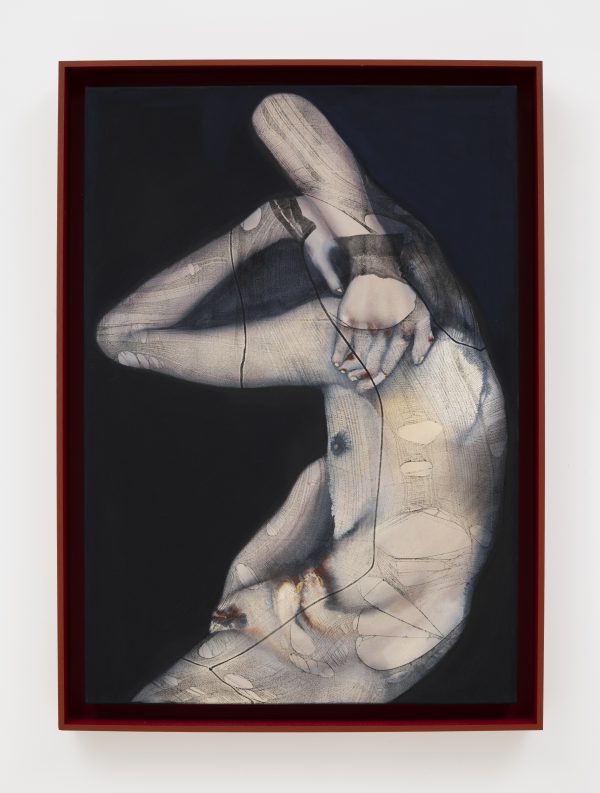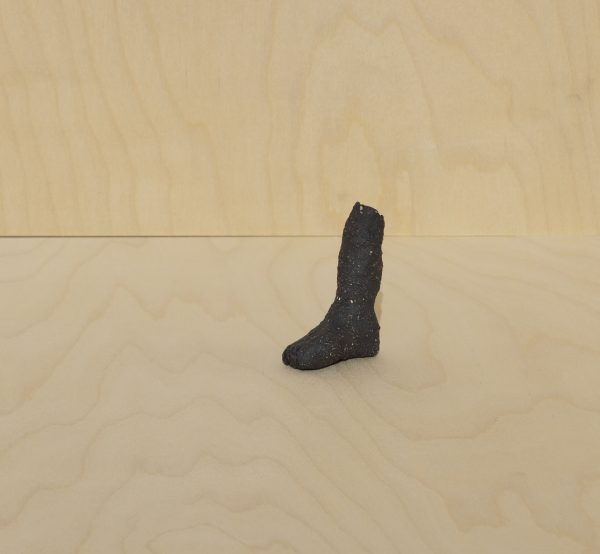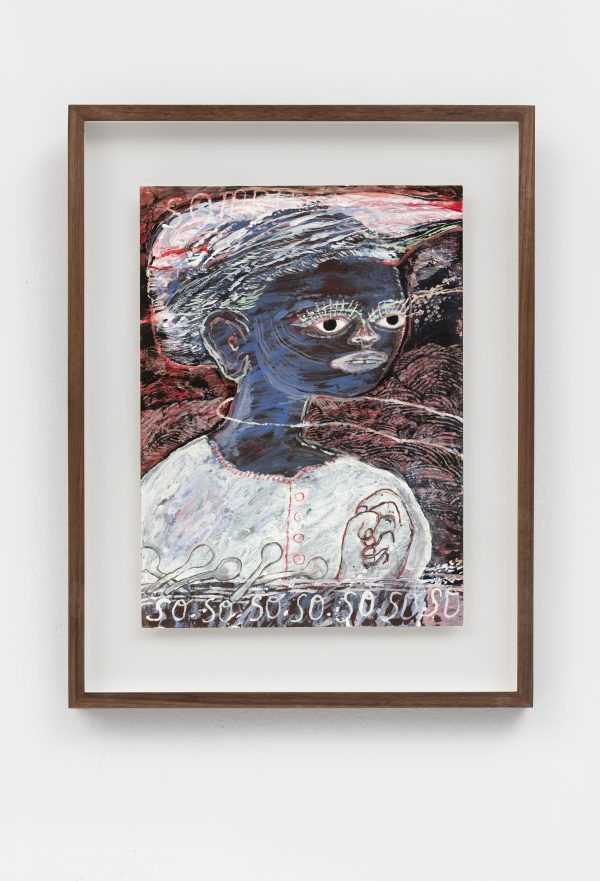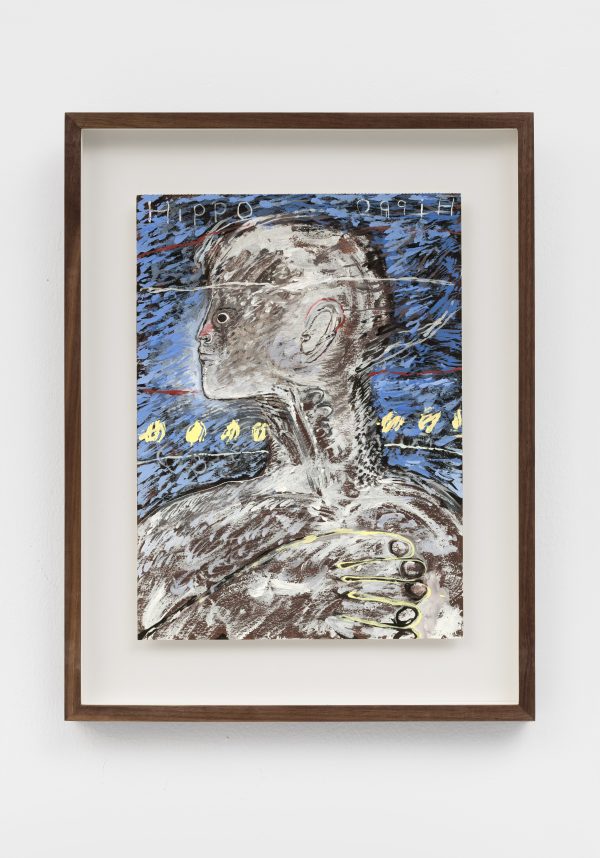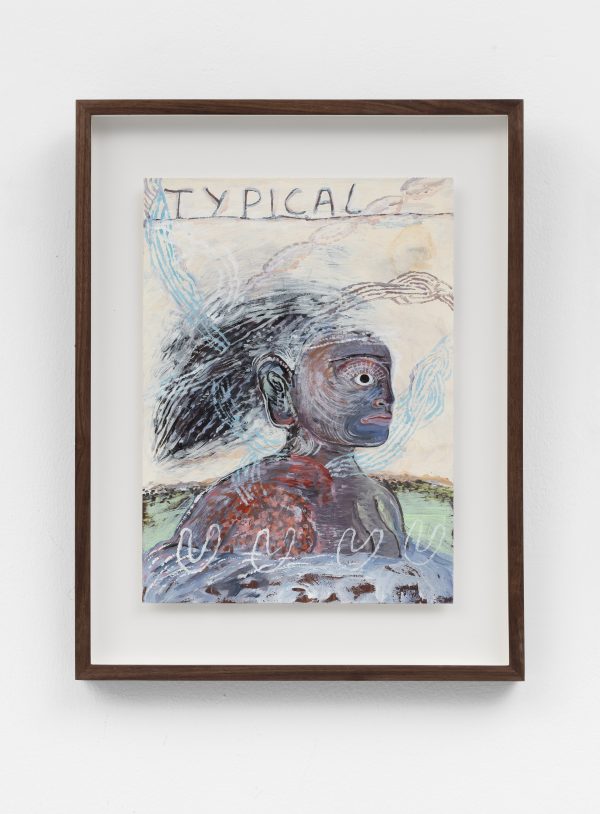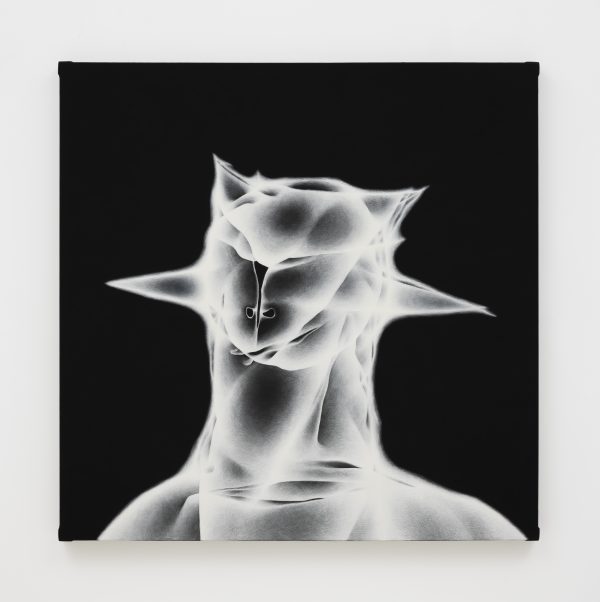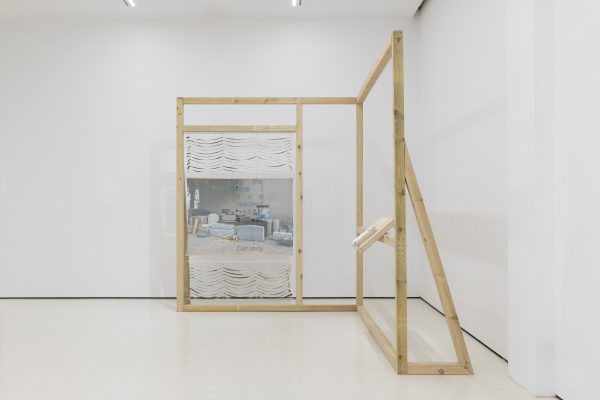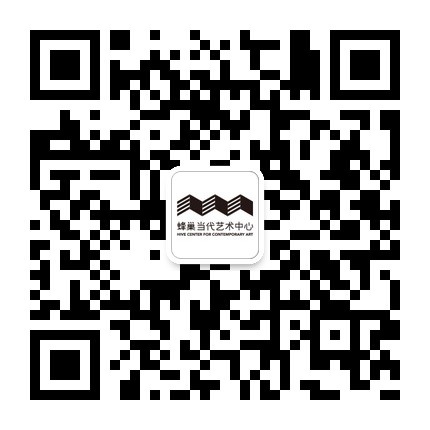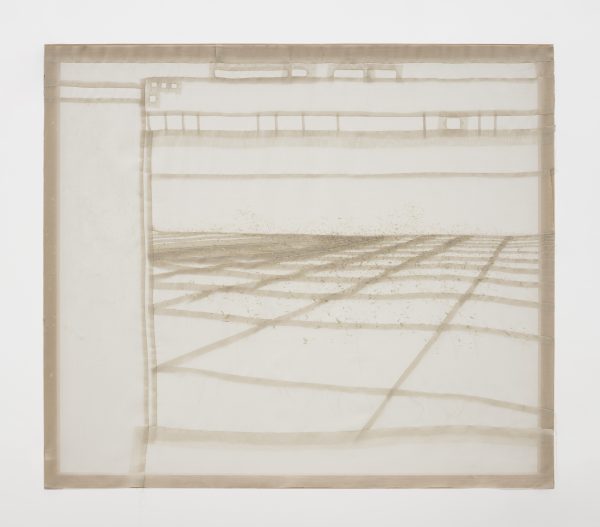
Chen Ruofan
2025
Silk-linen blend, acrylic on fabric, beech wood, cotton thread
103×118.5cm
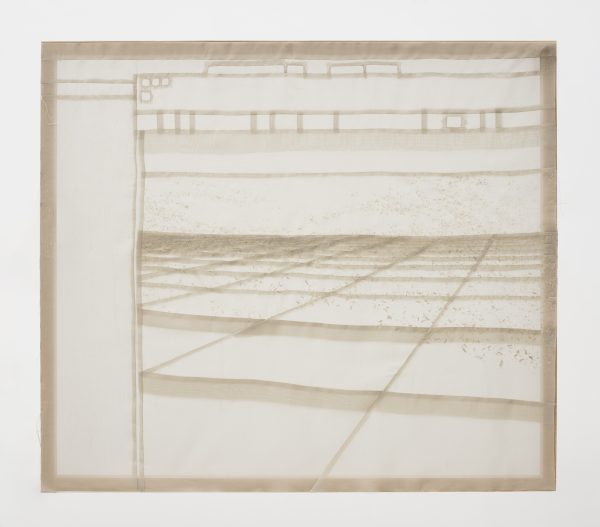
Chen Ruofan
2025
Silk-linen blend, acrylic on fabric, beech wood, cotton thread
103×118.5cm
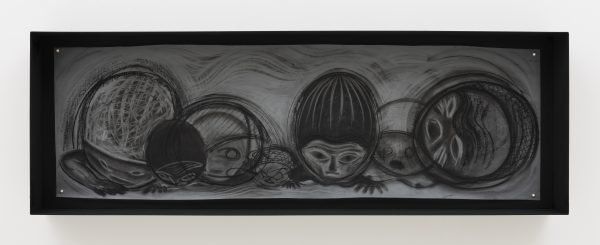
Yuchu Gao
2025
Tracing paper, pastel, strong magnets, painted metal.
50.4×148.8×15cm

Yuchu Gao
2025
Tracing paper, pastel, strong magnets, painted metal.
50.4×148.8×15cm
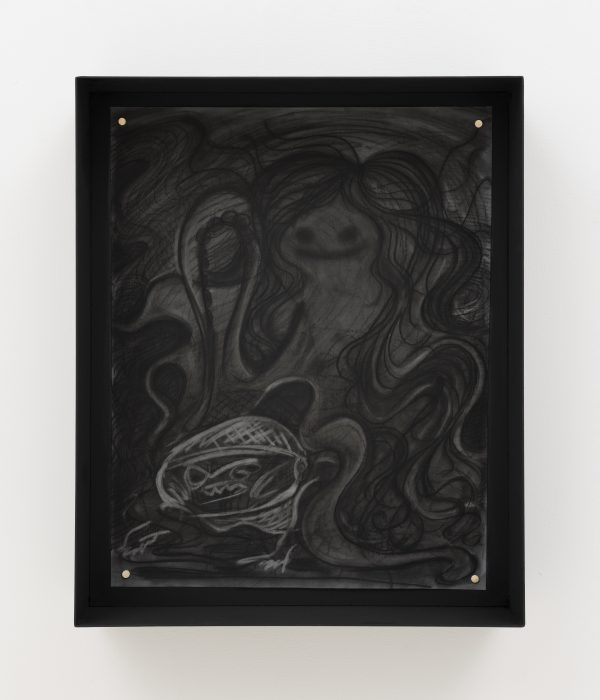
Yuchu Gao
2025
Tracing paper, pastel, strong magnets, painted metal.
54.5×44.4×10cm
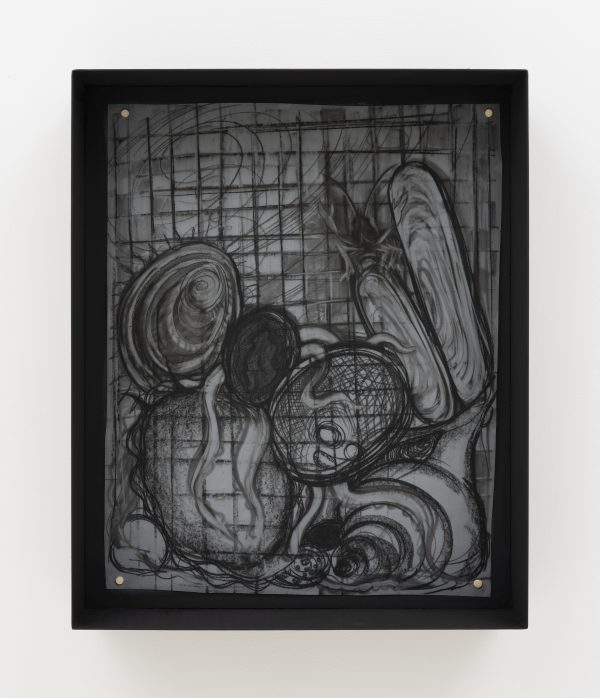
Yuchu Gao
2025
Tracing paper, pastel, strong magnets, painted metal.
54.5×44.4×10cm
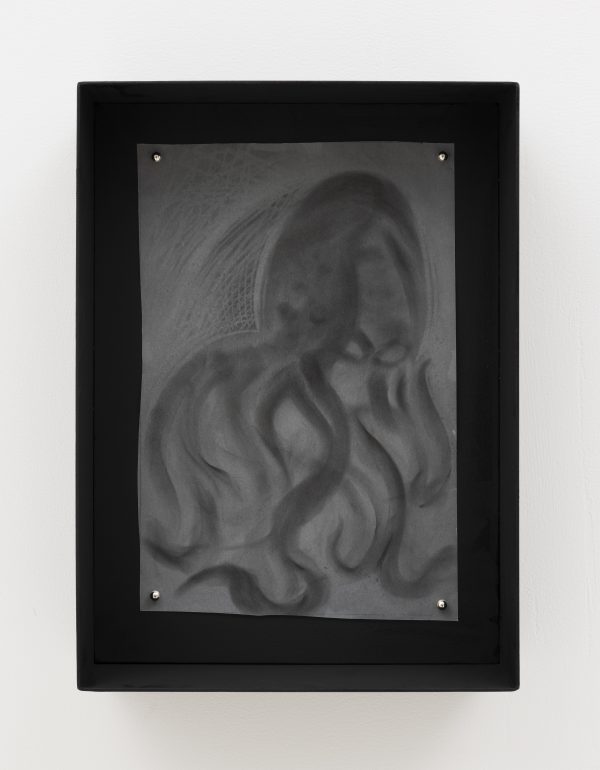
Yuchu Gao
2025
Tracing paper, pastel, strong magnets, painted metal.
36.4×26.4×8cm
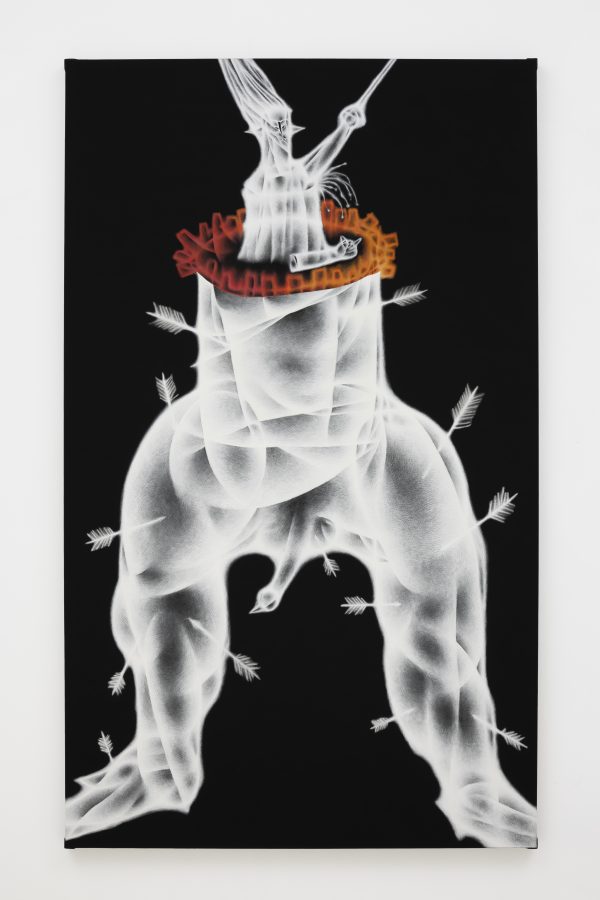
Yu Lei
2025
Canvas, Deer Gum, Mineral, Tempera, Resin, Ink, Carbon Nanotube, Acrylic
200×120cm
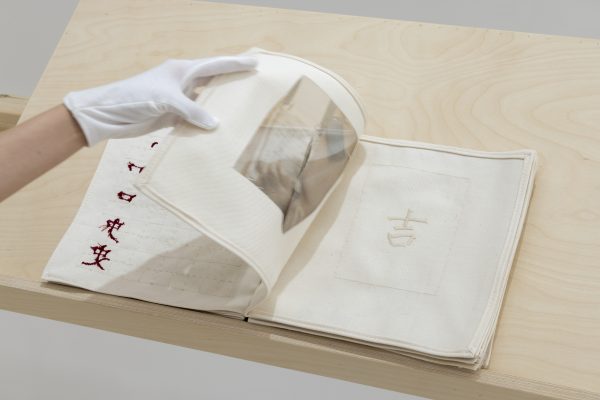
Lan Florence Yee
2025
Hand-embroidery on cotton, cyanotype, printed organza, found studio scraps
25×25×5cm

Yu Lei
2024
Canvas, Deer Gum, Mineral, Tempera, Resin, Ink, Carbon Nanotube, Acrylic
120×120cm
Curated by Yu Fei
Artists: Chen Ruofan, Yuchu Gao, Justin Rui Han, Jungwon Jay Hur, Natisa Jones, Joey Xia, Yang Xinyi, Yu Lei, Lan Florence Yee, Zhang Mingxuan
Hive Center for Contemporary Art is thrilled to present “The Textility of Organisms”, a group exhibition opening on 13 June 2025 at Hive Shanghai. This exhibition, curated by Yu Fei, focuses on the dynamic and diverse creative systems of ten young Asian artists and highlights their recent practices in the mediums of painting, textile, sculpture, and installation.
Prior to the creation of writing systems, our ancestors had acquired the wisdom of making knotted strings for record-keeping. Through the composition of texture, thickness, spacing, colour, and other elements of the knots, they creatively established a connection with the world. As a craft that is undeniably venerable, weaving transcends the flux of time and meaning and remains to inspire us in the present through a history of transformation. Tim Ingold considers making as “a practice of weaving, in which practitioners bind their own pathways or lines of becoming into the texture of material flows comprising the lifeworld”. (Ingold, Tim. “The Textility of Making.” Cambridge Journal of Economics, vol. 34, no. 1, 2010, pp. 91–102. JSTOR, http://www.jstor.org/stable/24232023. Accessed 9 June 2025.) As a pedagogical practitioner, he works with students in the discipline-defying course of 4 As (Anthropology, Archaeology, Aer, Architecture) to learn to weave baskets out of willow: while resisting the formation, the tenacious elasticity of the willow branches is counterbalanced by the manoeuver of handwork, thus creating the form itself. The idea that “ “ is hereby testified.
Drawing inspiration from this idea, the exhibition extends “weaving” as a metaphor for creative consciousness, method, and behaviour. Perception and material exist in parallel in a spiral structure and continue to mutually explore and reacquaint. Practice is not entirely guided by theory, but rather by the urgency of unfolding action that expands the boundaries of the map in the haze. The mysterious and unknown terminus of the action, as a tangible or intangible thread, in the process of navigation, constantly weaving, stringing, wrapping, converging, until unconsciously becoming a strand of increasing complexity and brutal growth. This organism, slowly accumulating from the individuals, is also silently penetrating and re-weaving the enclosed power structures and perception systems that have been imposed from the top down.
The world was never a vast and smooth whole. Its appearance of panoramic solidity is perhaps only an artificially created phantom. The seemingly insurmountable barriers between disciplines, divisions between species, borders between cultures, and differences between genders, while building their independent and self-contained fortresses, are in fact confining themselves to the ground. With the inherent power of “weaving”, the artists in this exhibition allow roots, skin, and fibres to follow their needles, brushes, and palms, to penetrate the tears in the corner, to re-weave individual identities and collective histories, to connect the lecture of a more complex, diversified, and three-dimensional reality with an unconventional alternative perspective, and to restore the world’s pervious, ever-unfolding, and fluid veins of reality. This exhibition attempts to mobilise the multidimensional sensory contacts and to fully explore the imagination about the material body of the creative practice beyond viewing.
Tactility
Sewing and embroidery accommodate the space where the body repeatedly enters and exits the material surface, warmly capturing and recoding the destiny and emotions of the drifting individual. Chen Ruofan’s work begins with a software simulation of moving images that contains scenarios and feelings of reality, which are then extracted and “sketched” onto soft textiles that are stitched together. Time and space are being slowed down but not yet frozen, digital screens and skins of the material overlap each other in an embedded time and space relationship. Confronted with people who have been obscured and neglected, the fragments of profound emotion glitter like floating and suspending dust in each breath. For Lan “Florence” Yee, the only resistance to oblivion is to remember the absence. With the books of textiles, they re-edit and re-write the “second-hand memories” of their Chinese-Vietnamese family history inherited from their grandparents to recognise the turbulence and uncertainty of individual identity. In the non-linear process of flipping the books, they reveal the private imagination of time and space that are close to the skin.
Trajectory
Joey Xia and Justin Han Rui coincidentally examine how the footprints of travel can be used to measure dimensions of history that have been veiled and forgotten. On his recently completed expedition to Central Asia, Joey Xia encountered and retraced the inextricable geopolitical relationship between the Central Asian countries and the historical Soviet Union. Employing the culturally specific wool felting process of the local nomadic people, he twisted and intertwined the wool fibres to create a new pictorial structure and historical perspective. Han Rui delicately navigates the gap between film, archive, and experiences of reality. Through the interplay of multiple mediums, such as painting and textile, he constructs a critical sculptural space that reveals the role of tools and technology in the journey of civilisation and exposes the power structure implicit in the film, which documents an expedition across Asia nearly a century ago.
Overlap
Traversing between different mediums is also a repetitive process of anchoring cultural identities, lingering ambiguously on the border between autobiography and fiction. In Jungwon Jay Hur’s works, immaterial fables are found to be entwined and symbiotic with disparate materials. Painting, printmaking, textiles, and ceramics all partake in some iconographic motif that relies on Korean traditions and the broader Eastern and Western folklore, transforming and rebuilding in an internal and infinite cycle of materiality. Natisha Jones is absorbed in the intimate intricacy between painting and writing, recognising in the images and words constructed by lines a self that is both familiar and foreign. Moving back and forth between a natural-spirits-filled Bali and a rationality-dominated Amsterdam, her divided selves continue to liberate each other in restraint and struggle.
Growth
Departing from the microcosm, Yang Xinyi and Yu Lei coincide on the creative path of constructing life forms in different time and space with fibrous brushstrokes. The paintings of Yang Xinyi have a way of growing similar to that of plants, born, spread, and merge from several parts of the canvas. Visuals, scents, and melodies are swirled together as subtle and ineffable emotional flows and memories collect into a braid. With the continuous extension of body and mind, the present moment, memories, phantom dreams, and prophecies are all connected. Yu Lei weaves the silhouette of lives of déjà vu with fine threads on the skeleton constructed by improvisational lines. The bright beams of light, blended with organic materials of casein tempera, minerals, and deer-hide gelatin, illuminate the heroism of solitude in a void universe of emptiness.
Flexibility
In the symbiotic relationship between the “she” and the “it”, flexible vitality always remains present. In Yuchu Gao’s recent years of practice, her Sea Woman series has been comprehensively exploring female ecological narratives. The charcoal-outlined images of sea women and sea creatures grow rampantly on the flimsy and translucent sulfuric acid paper and their encapsulating metal structures emphasise their profound force of life in the midst of the predicament through the contrast of weight and lightness. Zhang Mingxuan depicts the intricate texture of kinship with the artistic language of bodily painting. The pulling and tearing traces of stockings on the body are like a second layer of skin, gently wrapping while tightly bounding the internal and external space of the body. Confronted with mutual possession in the name of love, independent beings will endure never-ending struggles for metamorphosis and rebirth.
Whether it is the decolonisation of colonial history, the re-anchoring after division, or the ecological relationship of retelling multi-species ethnographic narratives, the ten artists in the exhibition all confront the urgent issues of their present world with a gentler, more dynamic, more profound, and more organic manner. Through writing, painting, stitching, and sculpting, they weave a web of countless subtle and delicate moments and fragments and are ready to open stretch their tentacles and connect with new life experiences.
